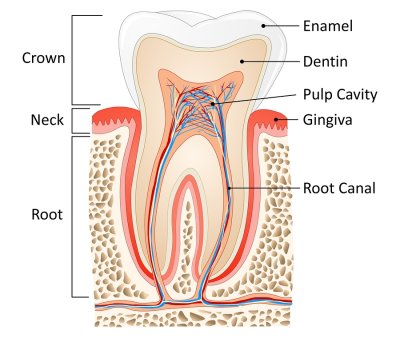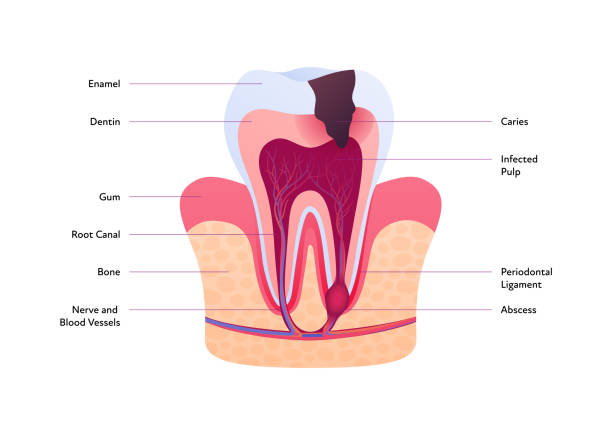Question and Answer


What damages a tooth's nerve and pulp in the first place?
A tooth’s nerve and pulp can become irritated, inflamed, and infected due to deep decay, repeated dental procedures on a tooth, and/or large fillings, a crack or chip in the tooth, or trauma to the face. The pulp of a tooth is the live tissue of the tooth. It is contained within the pulp cavity, which is located under the tooth crown. Connective tissues, blood vessels, and nerves are all present. It is shaped like a tooth and has roots where nerves and blood arteries attach it to the gum. When it is injured, it causes severe pain and can quickly deteriorate into a dangerous scenario that can affect the entire tooth, neighboring teeth, and even other body parts. Early intervention lets you to benefit from root canal Barrie treatments. It is critical to understand the numerous variables that might contribute to nerve and pulp damage in order to prevent it and seek early and suitable treatment. Such factors include:
Infections
Infections lead to the death of the tooth’s pulp and end up creating abscesses around the tips of the tooth’s roots. The abscess forms a socket at the base of the root, killing the nerves, and may produce a mass of pus on the side of the teeth, potentially causing tooth decay be accompanied by pain. If left untreated, the abscess can quickly develop to the bone that supports the tooth, and the infection can spread to other regions of the mouth depending on the type of bacteria causing it. While medications can help manage and stop the progression of an abscess, root canal treatment is a faster and more effective option.
Deep Tooth Cavities
Because the pulp is contained within the dentin structure of the tooth, the only way for it to be exposed is through the gum structure or if the upper tooth structure is cracked. This results in a hole in the tooth, exposing the pulp and making it vulnerable to germs. Deep dental cavities pierce the tooth enamel and reach the pulp of the tooth, exposing it to germs from the cavity as well as those found in the mouth. This causes pulp inflammation and, eventually, pulp and nerve damage. It can be painful or not. Unless the entire tooth becomes affected, a root canal is the best technique to entirely eliminate the decay.

